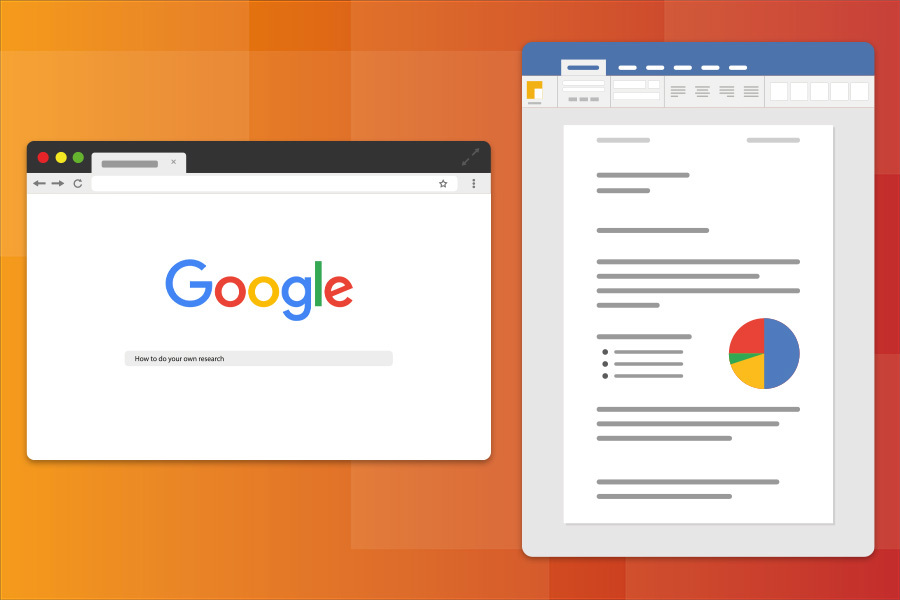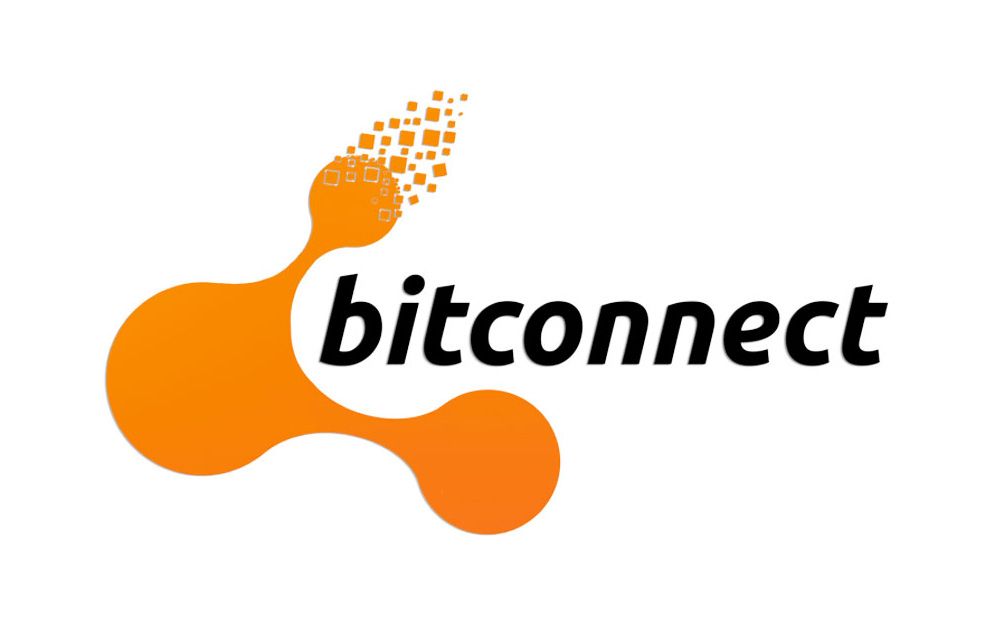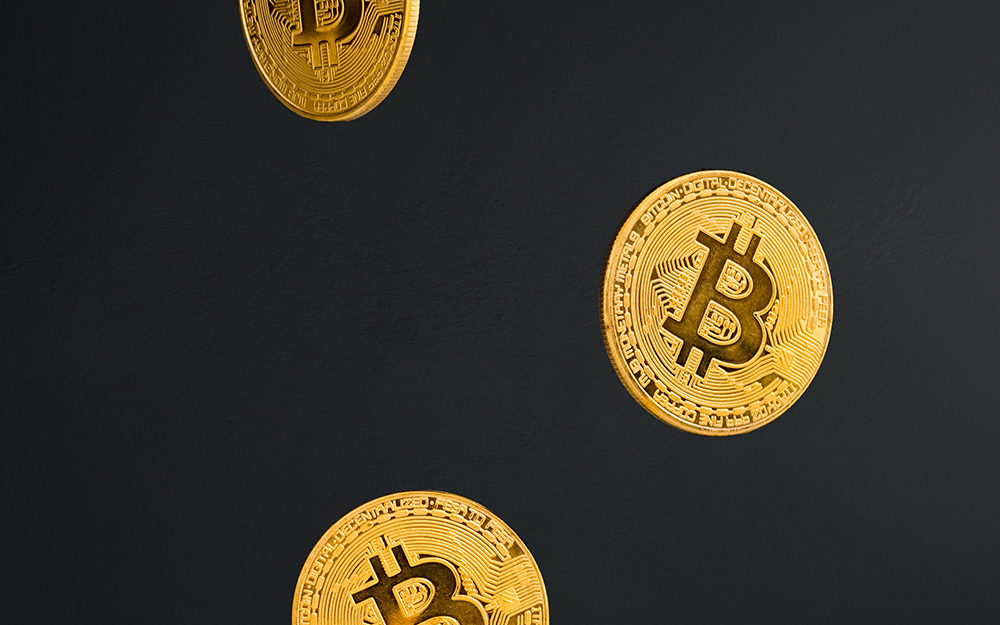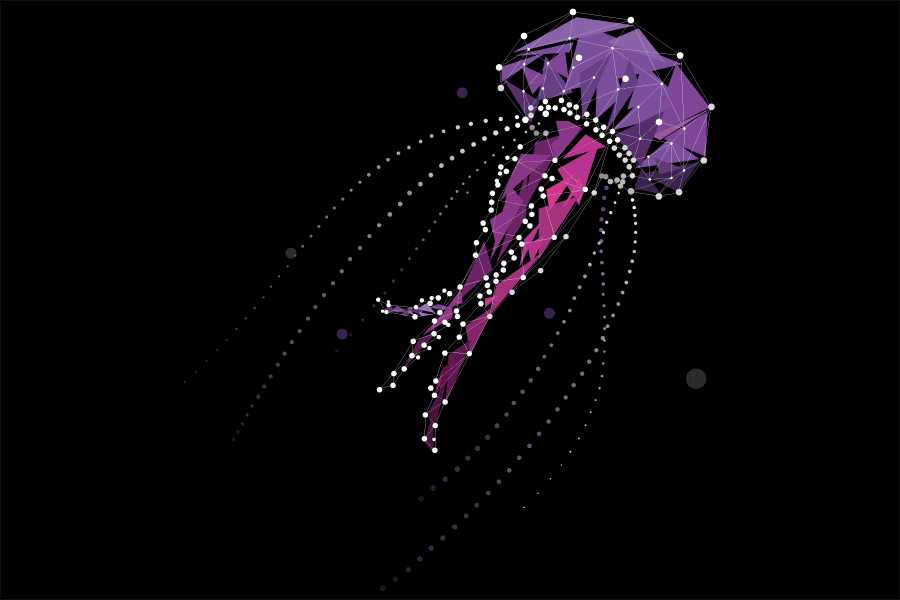Published 21st September 2020
How to Do Your Own Research (DYOR) in Blockchain Projects

Spend any time in the blockchain space and you’ll come across the phrase ‘do your own research’ aka ‘DYOR’. It’s touted as a golden rule in the blockchain community, and with good reason.
The cryptocurrency market is flourishing, with new, innovative tech projects emerging all the time. Naive investors can get swept away by the hype and fall for exit scams (like the infamous Bitconnect venture) which heavily promote a fake product, then disappear with the funds.

But if you do your research you’ll make a rational and considered choice, avoiding any shady projects. What’s more, you’ll be able to identify which ventures show the most promise.
In a nutshell, DYOR and you can pick the winners in a fast-expanding and competitive market.
But how exactly do you DYOR? What do you need to include in your research process? If you know which aspects to focus on, it’s easier than you might think. In this article we’ll break it down for you:
Real-world application
First, establish whether the product has a real-world use case. Does it solve a genuine problem, or has the problem been invented to cash in on the crypto hype?
Look into the industry that the product seeks to disrupt. Will blockchain tech improve on what currently exists? Are there similar projects seeking to solve the problem? If so, what does this project offer that sets it apart from the pack? A promising project will have a unique and scalable solution.
Project Roadmap
A concrete project roadmap is one of the most important factors in spotting the next promising Blockchain project. The roadmap should provide details on key milestones and goals for the project. A great roadmap will set ambitious but achievable targets that progress the project further.
When looking at a project roadmap ask yourself key questions. How is the project evolving? Are milestones being achieved? If there have been hitches, how were these resolved? A project that’s on schedule is more likely to be successful in the long term.
Team members
A genuine project will list team members on its website, including each member’s role and a link to social networks, or a short bio. Avoid projects where there are only a small number of members, or one person is assigned several roles. Ideally, the project should have a large and experienced team. Chainlink Labs’ research team is a good example.

Next, research each team member to make sure they’ve got expertise relevant to their role in the project. Study their websites and LinkedIn profiles for their education and work history. Have they performed well on previous projects?
Quality of the white paper
The white paper is a mission statement that explains in detail the project’s purpose, goals and business strategy. It’s the heart of a project and arguably the best way to judge how successful that project will be.
It’s worth checking the paper’s authenticity, too. A common underhand tactic is to copy a rival’s white paper, something that even well-known ventures have done.
A good white paper will emphasise the unique selling point of the product. It should also be transparent about how they’re allocating funds for future development. For a sense of what a great white paper should include, the original Bitcoin white paper is still the gold standard for crypto projects.

Community support
For a project to be successful, it needs support from the crypto community. Check social channels including Discord, Telegram and Reddit for the buzz around the project. A word of caution: don’t pay too much attention to influencer hype on Twitter, and be wary of heavy promotion by the project’s founder.
Look instead for genuine enthusiasm for the tech and the product itself. Ideally, you want to see the project’s team interacting with the community on Discord, answering queries and proactively seeking collaboration. It’s also a good sign if the project’s being promoted outside the crypto space.
Coin/token allocation
Consider how the project’s coins or tokens are allocated. It’s not uncommon for a project to reserve a small percentage of tokens for the team before they go on sale to the public. This is to help cover operational expenses like future development costs. But beware of a structure where a high percentage of the tokens are hoarded by the team or a few early investors.
At best, this means a few people will have more control over the tech, meaning it isn’t truly decentralised. At worst, it indicates the project is an exit scam.
Website and brand
People are brand-savvy these days; they can cast an eye over a website and in a matter of seconds dismiss any project that doesn’t appear professional. Promising projects, on the other hand, will invest time and effort into creating a polished brand that resonates with investors and customers alike.
Check the project’s website and online presence for consistent visuals and tone-of-voice across all their channels. Ocean Protocol is a great example of a venture with well-thought-out and memorable branding.

Keep in mind that if a project has a well-designed website with good UX, that’s an indication that the end product will be well-designed too. Talk to us about building a strong blockchain brand that users can trust.
The bottom line
If you want to invest in the future by supporting new tech in a blockchain project, it pays to invest your time in DYOR. Focus on these topics for your research and you’ll be in a strong position to spot the gems. What’s more, you’ll have a good sense of how well a project will perform.
What are your tips for DYOR? Have you invested in a successful project? Let us know on Twitter @AvarkAgency. Want to learn more about blockchain innovations? Check out our Blockchain News.